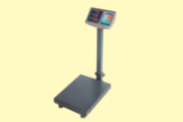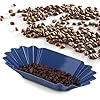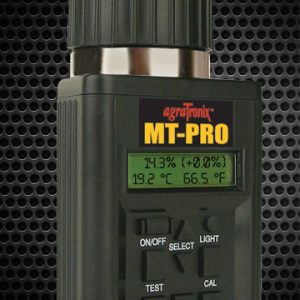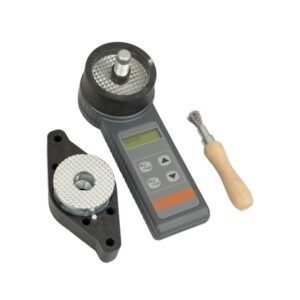Description
Coffee grading screens in Uganda: Essential Tools for Quality Coffee Grading
Coffee grading screens are vital tools used in the coffee industry to sort and grade coffee beans by size and quality. Ensuring uniformity in coffee beans is crucial for maintaining consistency in roasting and flavor, which directly impacts the market value of the coffee. In Uganda, where coffee is a significant export commodity, the use of coffee bean screens helps uphold the country�s reputation for producing high-quality coffee. This guide explores the importance of coffee bean screens, their applications, benefits, and tips for selecting the right screens for your coffee processing needs.
What Are Coffee grading screens?
Coffee bean screens are metal or plastic sieves with uniform holes used to sort coffee beans based on their size. These screens are typically arranged in a series, with each screen having progressively smaller holes. As beans pass through these screens, they are separated into different size categories, ensuring consistency and quality in the final product.
Types of Coffee grading screens�
- Hand Screens: Manually operated screens used for small-scale sorting, ideal for farmers and small processors handling lower volumes of coffee.
- Mechanical Screens: Automated screens used in larger processing facilities, capable of handling high volumes of coffee and providing consistent, efficient sorting.
- Stackable Screens: Screens that can be stacked to allow beans to pass through multiple screens in one go, useful for detailed sorting and grading.
- Custom Screens: Screens with specific hole sizes designed to meet particular grading standards or customer requirements.
Applications of Coffee Bean Screens
- Size Sorting: Coffee bean screens sort beans into different size categories, ensuring uniformity within each batch. This uniformity is crucial for consistent roasting profiles and flavor characteristics.
- Defect Removal: Screens help remove undersized, damaged, or defective beans, enhancing the overall quality of the coffee.
- Quality Control: Screens are part of the quality control process, ensuring that only beans of the desired size and quality are processed and sold.
- Market Classification: Different markets may have specific size requirements for coffee beans. Screens help classify beans to meet these market standards, increasing their marketability.
- Research and Development: Screens are used in research settings to sort beans for experimental purposes, such as testing new coffee varieties or processing methods.
Benefits of Using Coffee Bean Screens
- Consistency: Ensures beans within a batch are uniform in size, essential for consistent roasting and flavor development.
- Improved Quality: Removing defective and undersized beans enhances the overall quality of the coffee, leading to better customer satisfaction and higher market value.
- Efficiency: Mechanical screens can process large volumes of coffee quickly and accurately, reducing labor costs and increasing productivity.
- Compliance: Helps ensure coffee meets international grading standards, facilitating export and compliance with market requirements.
- Data Management: Advanced screening systems may come with digital interfaces and data recording capabilities, allowing for better tracking and analysis of sorting processes.
Choosing the Right Coffee Screens
- Determine Your Needs: Identify the specific sorting requirements of your operation, including the volume of coffee to be processed and the desired size categories.
- Evaluate Screen Material: Choose screens made from durable materials like stainless steel or high-quality plastic to ensure longevity and resistance to wear and tear.
- Consider Screen Size: Ensure that the screen sizes match the grading standards you aim to meet. Customizable screens may be necessary for specific requirements.
- Check Compatibility: Ensure the screens are compatible with your existing processing equipment and infrastructure.
- Assess Ease of Use: Look for screens that are easy to clean and maintain. This is especially important for maintaining hygiene and preventing contamination.
- Evaluate Cost: Consider the cost of the screens in relation to their durability, efficiency, and potential return on investment through improved coffee quality and productivity.
- Seek Support: Choose a supplier that offers reliable customer support and after-sales services to ensure the long-term performance of your screens.
Conclusion
Coffee bean screens are essential tools for ensuring the quality and consistency of coffee beans in Uganda. By investing in the right screens, farmers and processors can enhance the quality of their coffee, meet international standards, and achieve better prices in the market. Understanding the different types of screens, their applications, and benefits can help businesses make informed decisions and optimize their coffee processing operations. Investing in high-quality coffee bean screens is a step toward maintaining Uganda�s reputation for producing exceptional coffee and achieving long-term success in the competitive global coffee mark











Reviews
There are no reviews yet.